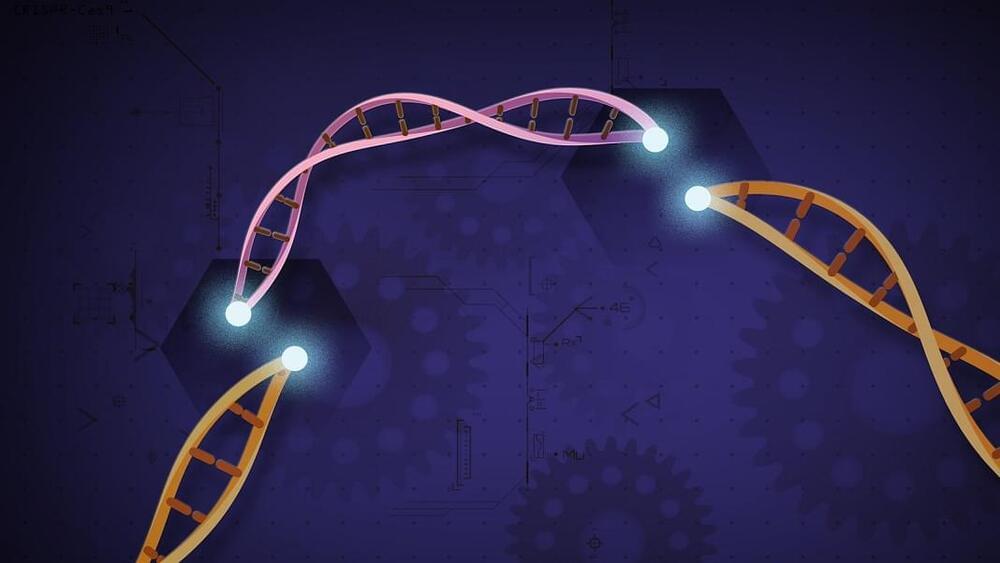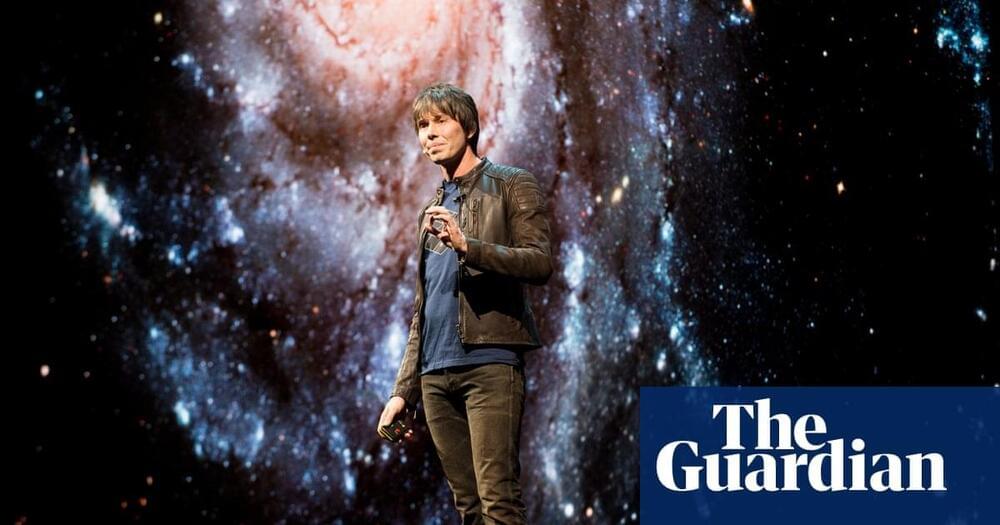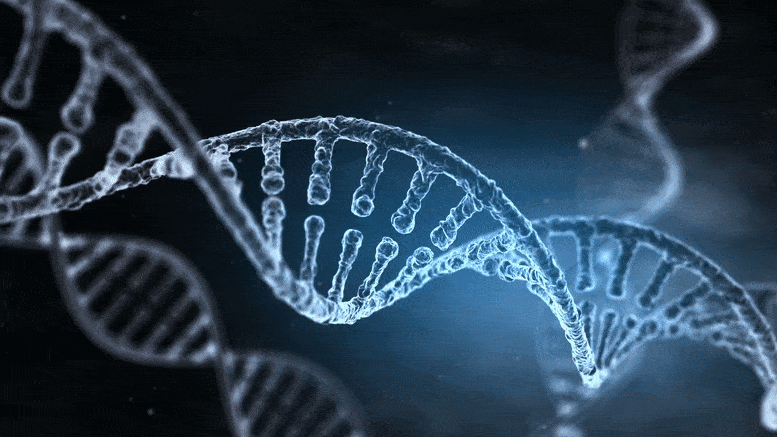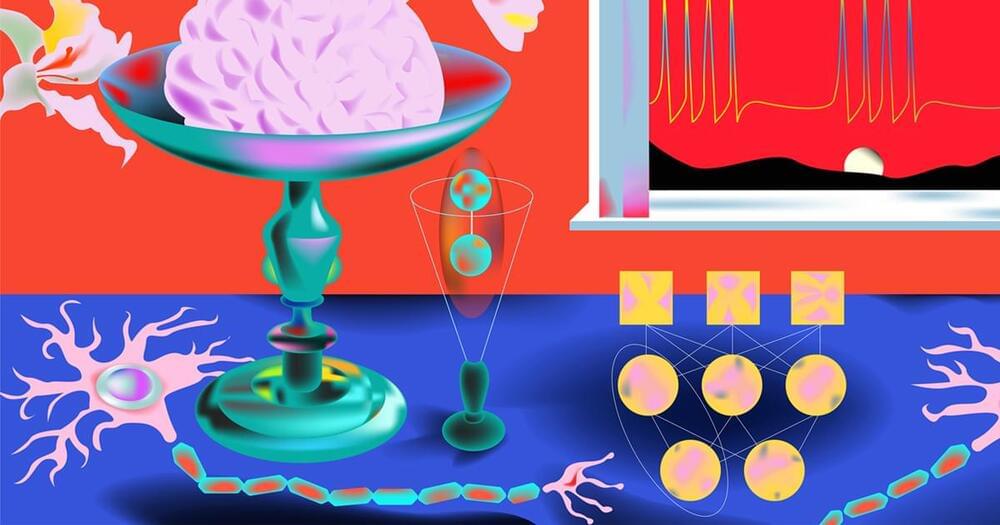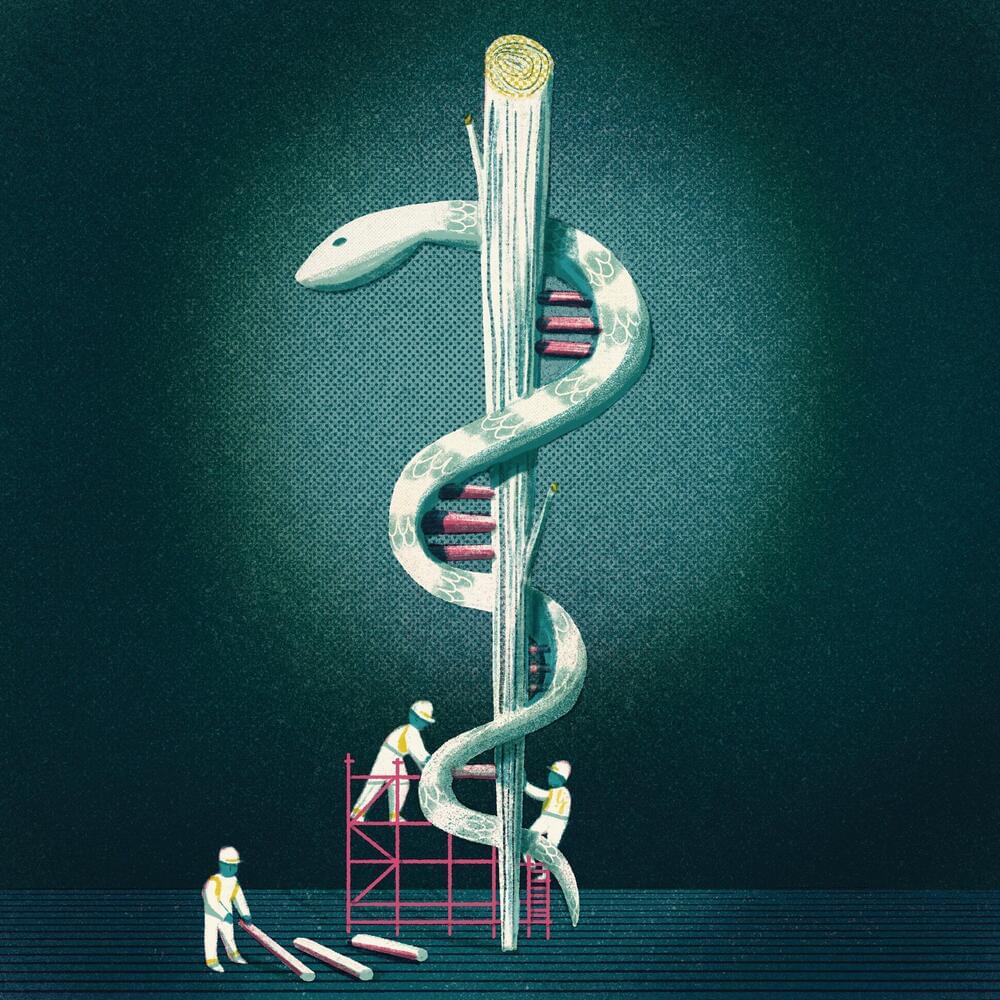Scientists reworked CRISPR prime’s molecular makeup to precisely cut out up to 10,000 DNA letters in one go, and increased the tool’s efficiency eight-fold.
Facebook’s tools for moderation are awful.
Social media websites are not great at moderation. Facebook, TikTok, YouTube and more all have issues with misinformation. On Facebook, misinformation and harmful content should be handled by the Facebook moderation AI. However, it’s a bit too crap.
“If you accept that meaning is something that emerges from sufficiently complex biological machines, then the only place those machines might exist is here; then it’s correct to say that if this planet weren’t here, we’d live in a meaningless galaxy. That’s different to life. There’s a difference between life and intelligent life.”
Unique events that led to civilisation mean its demise could ‘eliminate meaning in galaxy for ever’.
Roche’s gantenerumab is an anti-amyloid beta antibody developed for subcutaneous administration in Alzheimer’s disease patients.
Roche’s gantenerumab, an anti-amyloid beta antibody developed for subcutaneous administration, has been granted Breakthrough Therapy Designation by the US Food and Drug Administration (FDA) for the treatment of people living with Alzheimer’s disease (AD).
Knocking out transposon promoter leads to pup death in mice; similar promoters found in many mammals.
Nearly half of our DNA
DNA, or deoxyribonucleic acid, is a molecule composed of two long strands of nucleotides that coil around each other to form a double helix. It is the hereditary material in humans and almost all other organisms that carries genetic instructions for development, functioning, growth, and reproduction. Nearly every cell in a person’s body has the same DNA. Most DNA is located in the cell nucleus (where it is called nuclear DNA), but a small amount of DNA can also be found in the mitochondria (where it is called mitochondrial DNA or mtDNA).
LONDON, Oct 20 (Reuters) — Executives, beware! You could become your own worst enemy.
CEOs and other managers are increasingly under the microscope as some investors use artificial intelligence to learn and analyse their language patterns and tone, opening up a new frontier of opportunities to slip up.
In late 2,020 according to language pattern software specialist Evan Schnidman, some executives in the IT industry were playing down the possibility of semiconductor chip shortages while discussing supply-chain disruptions.
Every time a human or machine learns how to get better at a task, a trail of evidence is left behind. A sequence of physical changes — to cells in a brain or to numerical values in an algorithm — underlie the improved performance. But how the system figures out exactly what changes to make is no small feat. It’s called the credit assignment problem, in which a brain or artificial intelligence system must pinpoint which pieces in its pipeline are responsible for errors and then make the necessary changes. Put more simply: It’s a blame game to find who’s at fault.
AI engineers solved the credit assignment problem for machines with a powerful algorithm called backpropagation, popularized in 1986 with the work of Geoffrey Hinton, David Rumelhart and Ronald Williams. It’s now the workhorse that powers learning in the most successful AI systems, known as deep neural networks, which have hidden layers of artificial “neurons” between their input and output layers. And now, in a paper published in Nature Neuroscience in May, scientists may finally have found an equivalent for living brains that could work in real time.
A team of researchers led by Richard Naud of the University of Ottawa and Blake Richards of McGill University and the Mila AI Institute in Quebec revealed a new model of the brain’s learning algorithm that can mimic the backpropagation process. It appears so realistic that experimental neuroscientists have taken notice and are now interested in studying real neurons to find out whether the brain is actually doing it.
Oct 18 (Reuters) — Michigan-based Our Next Energy, which is developing an advanced battery for electric vehicles, has raised $25 million from investors ranging from German automaker BMW (BMWG.DE) to a clean technology venture firm headed by Microsoft co-founder Bill Gates, the young company said on Monday.
Investors in ONE’s Series A round include BMW iVentures, Detroit-based Assembly Ventures and Chicago-based Volta Energy Technologies, which is partnered with Argonne National Laboratories. Another investor is Singapore-based electronics manufacturer Flex Ltd (FLEX.O), which is also a strategic partner with ONE.
The round was led by Breakthrough Energy Ventures, the investment arm of Breakthrough Energy, founded by Gates in 2015 to support and fund innovations to counter climate change. Among the Kirkland, Washington company’s investments: Battery recycler Redwood Materials, electric aircraft maker ZeroAvia and solid-state battery developer QuantumScape (QS.N).
Gene Therapy Is Coming of Age
Posted in biotech/medical
Various approaches are approved for treating blood cancers and a few rare disorders—they may soon become standard care.
News, analysis and comment from the Financial Times, the worldʼs leading global business publication.
